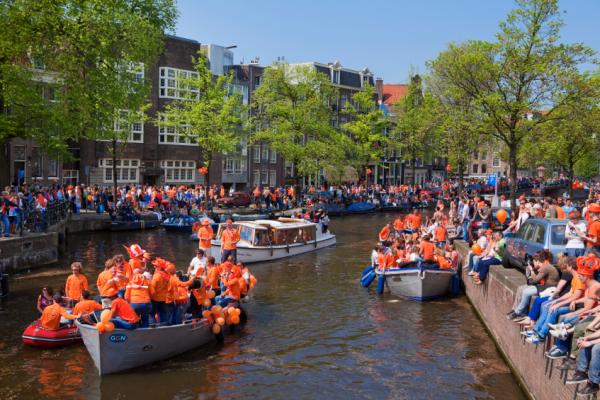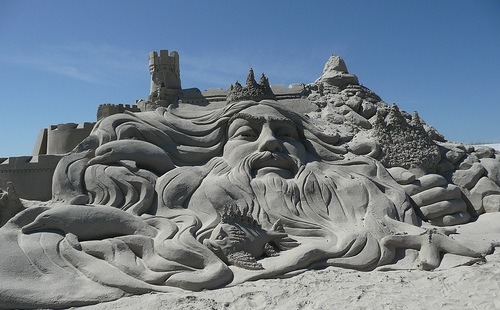San Fermin Festival
The
Festival of the San Fermin in city of Pamplona (Navarre, Spain) is deeply
rooted celebration held annually from 6 July when the opening of the party is
marked by the setting off the pyrotechnic chupinazo
to midnight 14 July, with the singing of the Pobre de Mi. While its most famous
event is the encierro, or the running of the bulls, which starts happens from
the 7 July to 14 July, the weeklong celebration that involves many other
traditional and folkloric events. It is locally known as Sanfermines and it is
held in honour of Saint Fermin, the co patron of Navarre. It has become
probably the most international renowned fiesta in Spain where over than
1,000,000 people come to participate.
Origin
of the Festival:
The
celebration of the festival has its origin in the combination of 2 different
medieval events. The commercial secular fairs were held at the beginning of the
summer. As the cattle merchants came into town with their animals, eventually
the bullfighting came to be organized as the part of the tradition. It was
first documented in the 14th century. On
other hand, the religious ceremonies honouring the saint were held on the
October 10, however in year 1591 they were transferred to 7 July to take place
at the same time as far as the fair, when the Pamplona’s weather is better.
This is considered to be the beginning of the San Fermines. During the medieval
times acts included an opening speech, Musicians, tournaments, theatre,
bullfights, dances or even the fireworks. The Giant’s Parade was created by the
end in this mid of the 19th century. The first official bullring was
constructed in the 1844.
The
day of the festival is 7 July, when the thousands of people accompany the
15th-century statue of Saint Fermin through the old part of Pamplona. The
statue is always supported by the dancers and the street entertainers and the
different political and religious authorities including the city mayor. During
the ancient traditional dance (Jota) is performed for the saint, the rose is
offered in the Saint Cernin well and the “gigantes”.
.png)


















